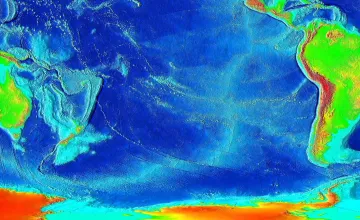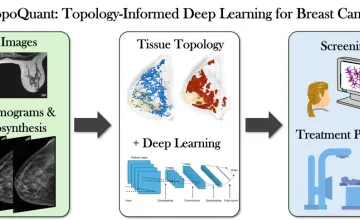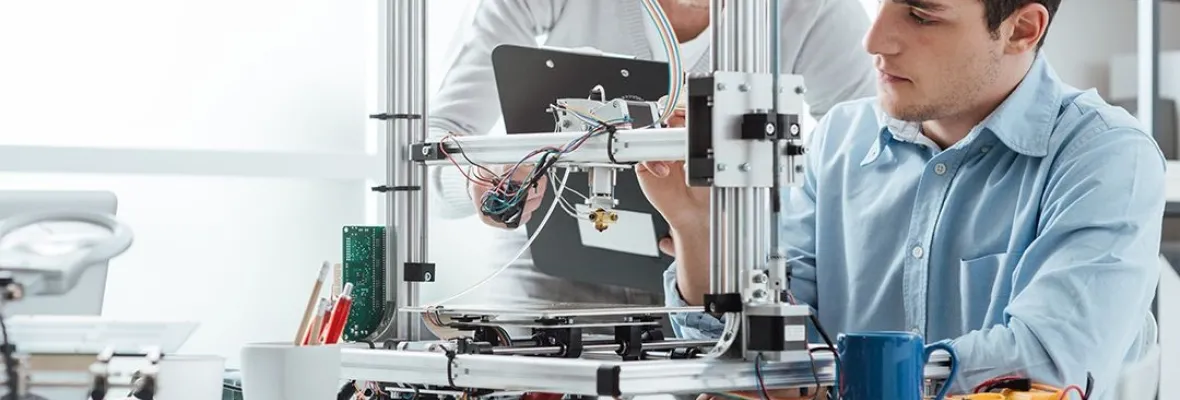AAU universities conduct a majority of the federally funded university research that contributes to our economic competitiveness, health and well-being, and national security. AAU universities are growing our economy through invention and innovation while preparing the next generation of scientists and engineers for global leadership. By moving research into the marketplace AAU universities are helping to create jobs, and provide society with new medicines and technologies.

UMD geologists uncovered evidence of a section of seafloor that sank into the Earth's mantle when dinosaurs roamed the Earth; it's located off the west coast of South America in a zone known as the East Pacific Rise.

Novel research supported by NCI could lead to more specific predictive disease models

A new University of Kansas study reveals parents seeking health care information for their children trust AI more than health care professionals when the author is unknown, and parents rate AI generated text as credible, moral and trustworthy.

Hypertension and amyloid plaques can separately cause dementia. Having both increases a person’s odds of developing cognitive decline, a new study finds
Explore More: University Research
You can filter stories by the university.
The issue of improved air quality during a pandemic is not as simple as the photos may suggest, says Caltech's Paul Wennberg
Across Boston University’s School of Engineering, researchers are pivoting their work to tackle the many engineering problems associated with the global coronavirus pandemic.
A Boston University researcher plans to survey 1,000 millennials and Generation Zers across the United States, ages 18 to 30, in the coming year (remotely, of course) about the effects of the coronavirus.
Conceptualized, built, tested and refined over the course of 10 days at Stony Brook, the CoreVent 2020 ventilator was designed for simplicity and ease of fabrication in a crisis situation
A Boston University researcher studies the effects coronavirus has had on air pollution in cities.
